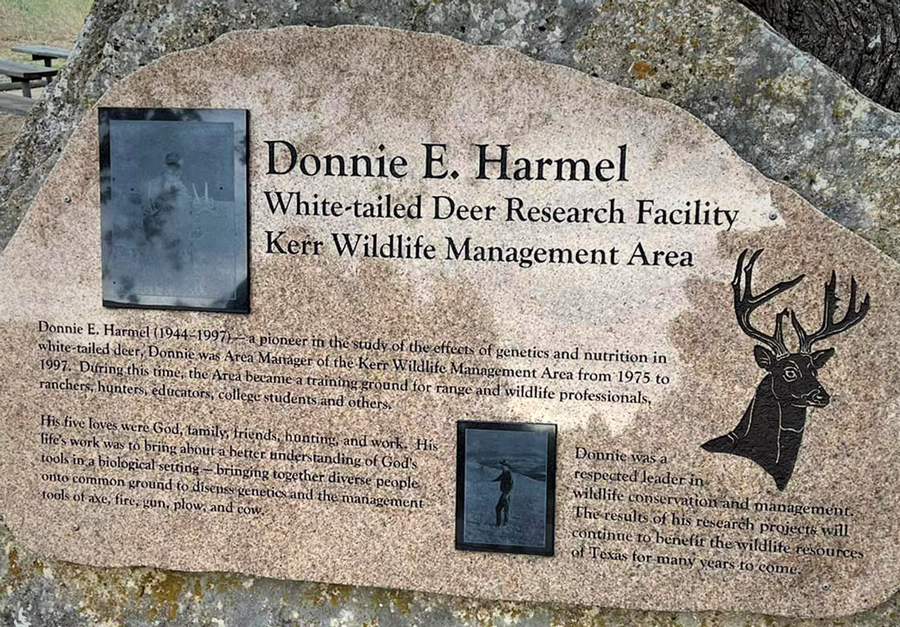I've got my own opinion that I will reserve for now... but we are having a discussion with our lease "captain" about bringing in wives/kids to bust the large number of spikes we are seeing this year.
There are a number of angles on this, some say spikes will/can grow into decent deer... some say once a spike, always a spike and it needs to go before it spreads it's vile seed throughout the herd.
I'd like to hear some real experiences on what you all have seen on your places. Are your spikes staying spikes or do they get any better with nutrition in the next year??
There are a number of angles on this, some say spikes will/can grow into decent deer... some say once a spike, always a spike and it needs to go before it spreads it's vile seed throughout the herd.
I'd like to hear some real experiences on what you all have seen on your places. Are your spikes staying spikes or do they get any better with nutrition in the next year??



Comment